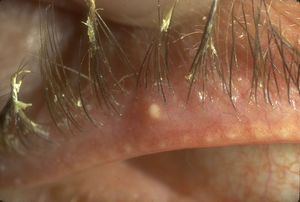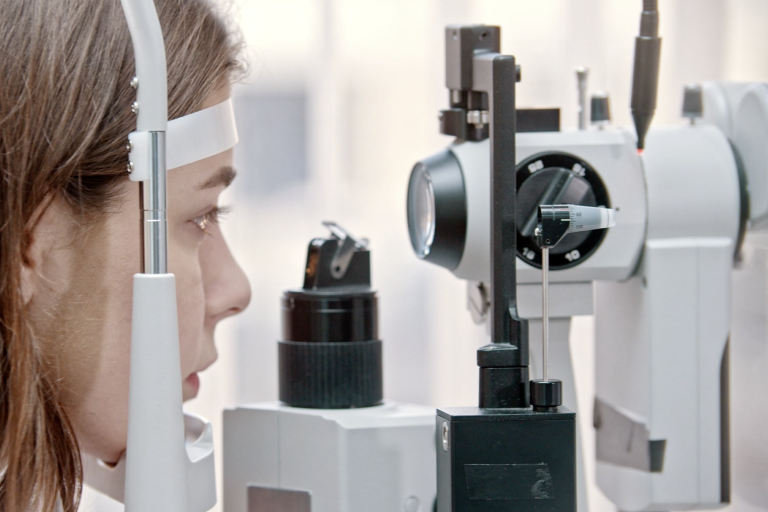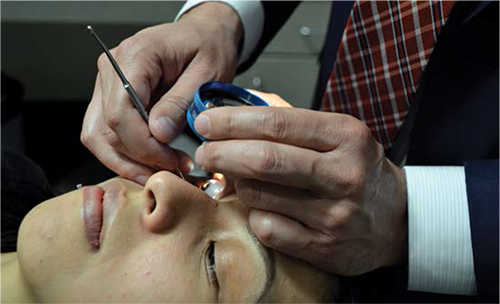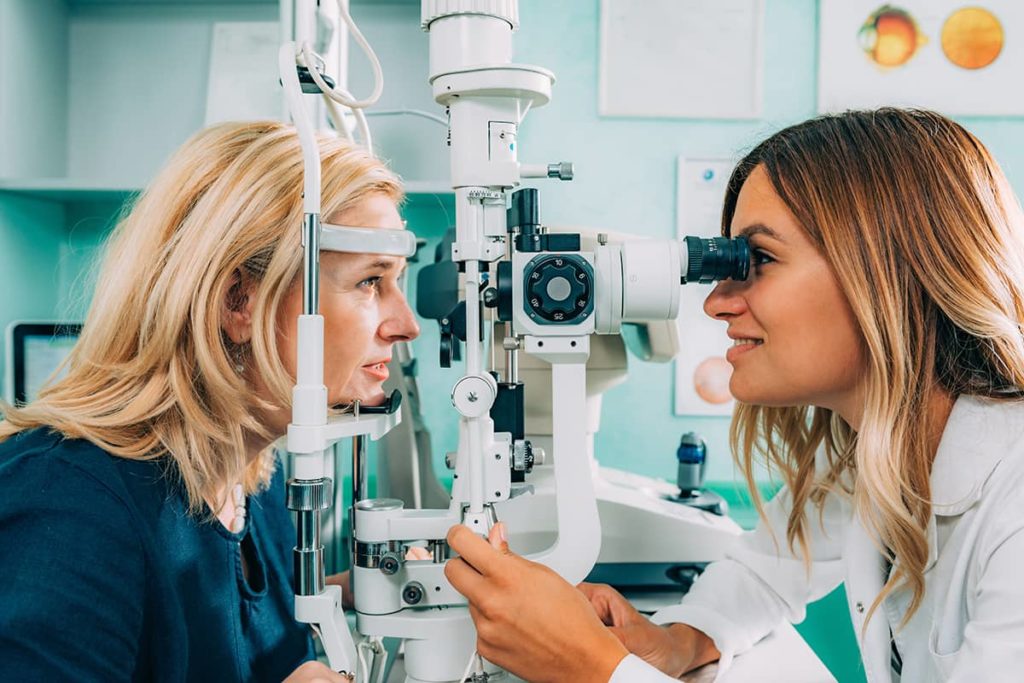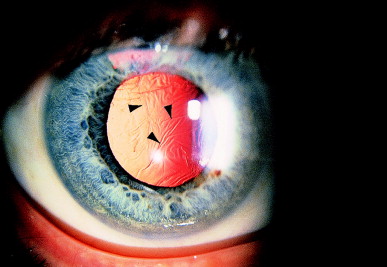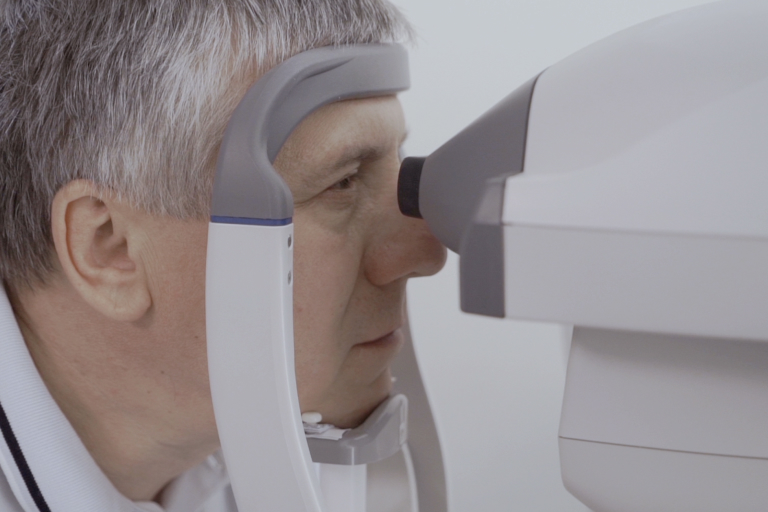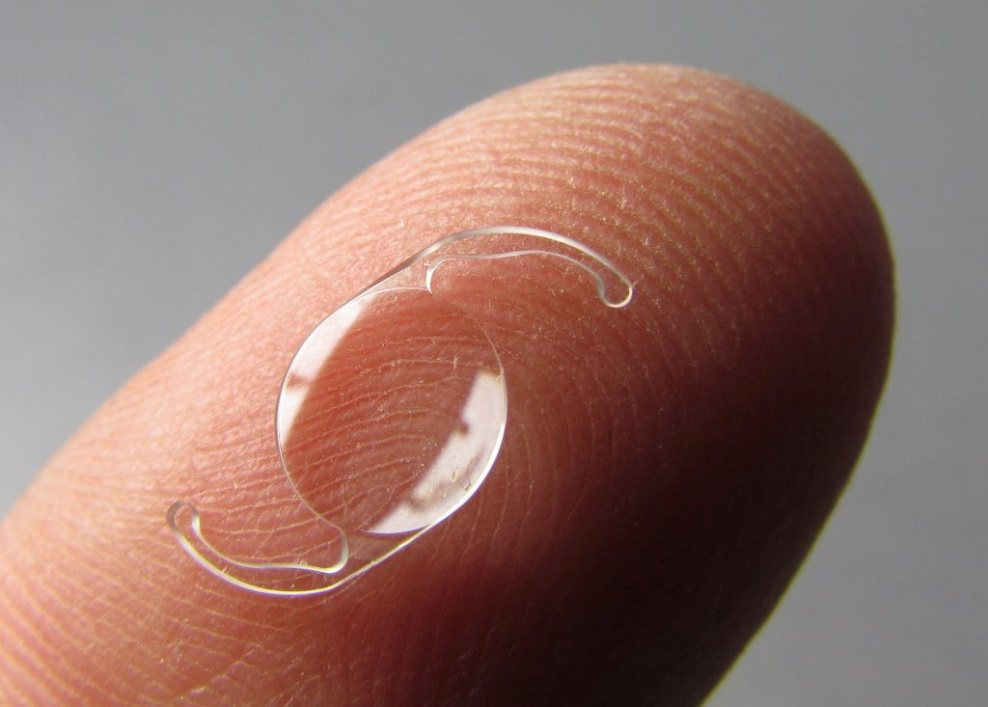Understanding Dry Macular Degeneration: Symptoms, Causes, and Management
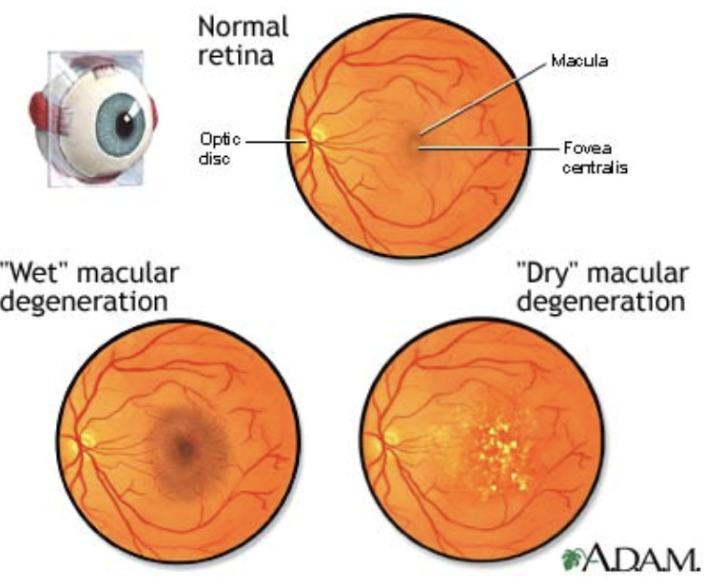
What is macular degeneration?
Macular degeneration is a common eye condition affecting millions of people worldwide. Among its types, dry (or nonexudative) macular degeneration is particularly prevalent, impacting individuals as they age. In this blog, we’ll delve into the intricacies of dry macular degeneration, exploring its symptoms, causes, and management strategies.
Understanding Dry Macular Degeneration:
Dry macular degeneration, also known as non-neovascular or atrophic macular degeneration, is a chronic eye disease characterized by the deterioration of the macula, a small area in the center of the retina responsible for sharp, central vision. This condition typically progresses slowly and affects the ability to see fine details clearly.
Symptoms: The symptoms of dry macular degeneration may develop gradually and often include:
- Blurred or distorted central vision
- Difficulty recognizing faces
- Reduced brightness or intensity of colors
- Increased difficulty reading or performing tasks that require detailed vision
- The appearance of drusen – small yellow deposits beneath the retina
Causes: While the exact cause of dry macular degeneration remains unclear, several factors contribute to its development:
- Age: Advanced age is the most significant risk factor for macular degeneration. Individuals over the age of 60 are at higher risk.
- Genetics: Family history plays a crucial role in the development of macular degeneration. Those with a family history of the condition are more likely to develop it themselves.
- Smoking: Tobacco use has been strongly linked to an increased risk of macular degeneration.
- Nutrition: Poor dietary habits, particularly low intake of antioxidants, vitamins, and minerals, may contribute to the development or progression of the disease.
- Sunlight exposure: Prolonged exposure to sunlight, especially ultraviolet (UV) light, without protection may increase the risk of macular degeneration.
Management and Treatment:
While there is currently no cure for dry macular degeneration, several management strategies can help slow its progression and alleviate symptoms:
- Nutritional supplements:
- Studies have shown that certain vitamins and minerals, such as vitamins C and E, zinc, copper, lutein, and zeaxanthin, may slow the progression of macular degeneration when taken as supplements. These are usually labled as AREDS2 vitamins. Common examples AREDS2 include, Preservision, Icaps or Ocuvite.
- Lifestyle modifications: Quitting smoking, maintaining a healthy diet rich in fruits, vegetables, and omega-3 fatty acids, and wearing sunglasses to protect the eyes from harmful UV rays can help manage the condition.
- Low vision aids: Devices such as magnifying lenses, large-print books, and computer screen magnifiers can assist individuals with macular degeneration in performing daily tasks.
- Regular eye exams: Routine eye exams are essential for monitoring the progression of macular degeneration and adjusting treatment strategies accordingly.
Dry macular degeneration is a chronic eye condition that can significantly impact an individual’s quality of life. While there is currently no cure, early detection, lifestyle modifications, and appropriate management strategies can help slow the progression of the disease and preserve vision. By understanding the symptoms, causes, and management options for dry macular degeneration, individuals can take proactive steps to protect their vision and maintain their independence for as long as possible. If you experience any changes in your vision, it’s crucial to consult with an eye care professional promptly for proper evaluation and management.
Macular degeneration can be a terrible condition. At the Orchard Eye Center we care about your vision and will do everything we can to help you maintain the best sight you can. Come in now for a complete ocular examination – Call us at 801-658-5486 to schedule.
you may also like
Styes and Chalazions: Causes, Symptoms, and Treatment
What Are Styes and Chalazions? Styes, also known as hordeolums, and chalazions are small, painful lumps that…
How Often Should I Get an Eye Exam?
How Often Should I Get an Eye Exam? Eye exams are not just about assessing vision; they…

